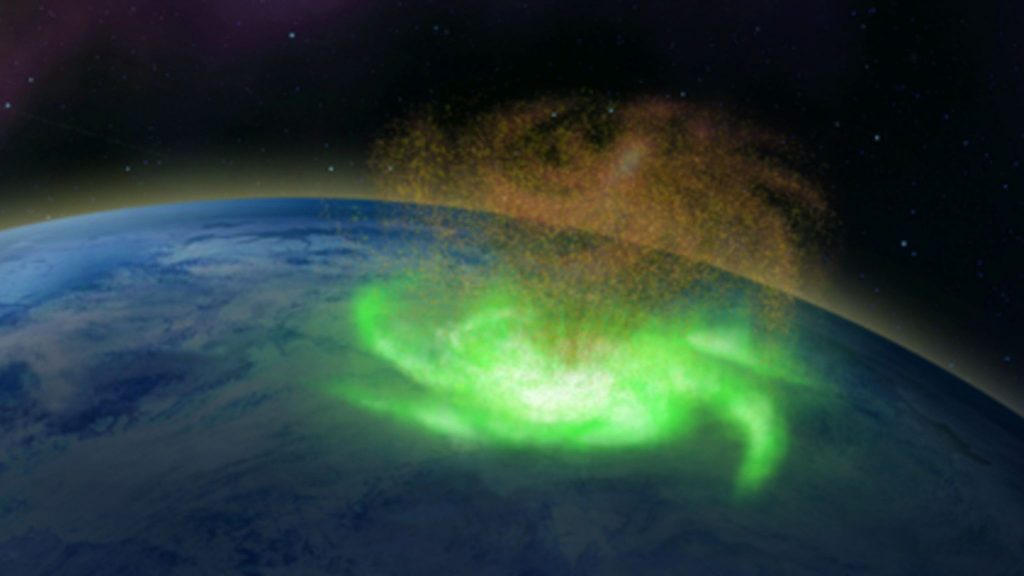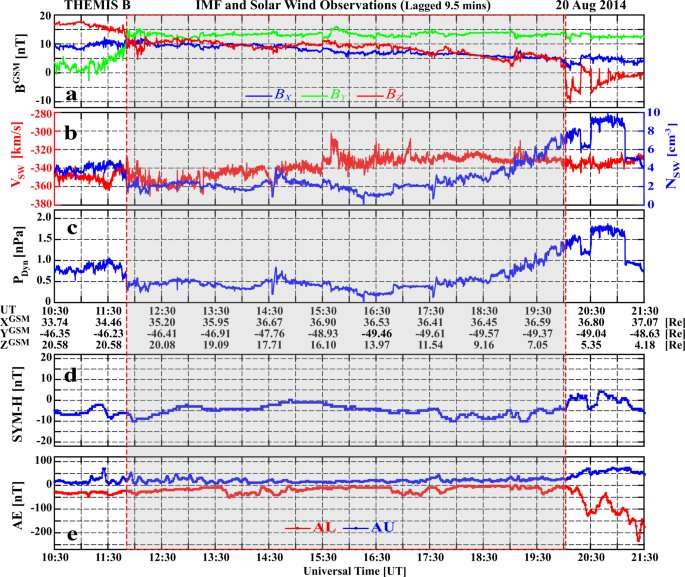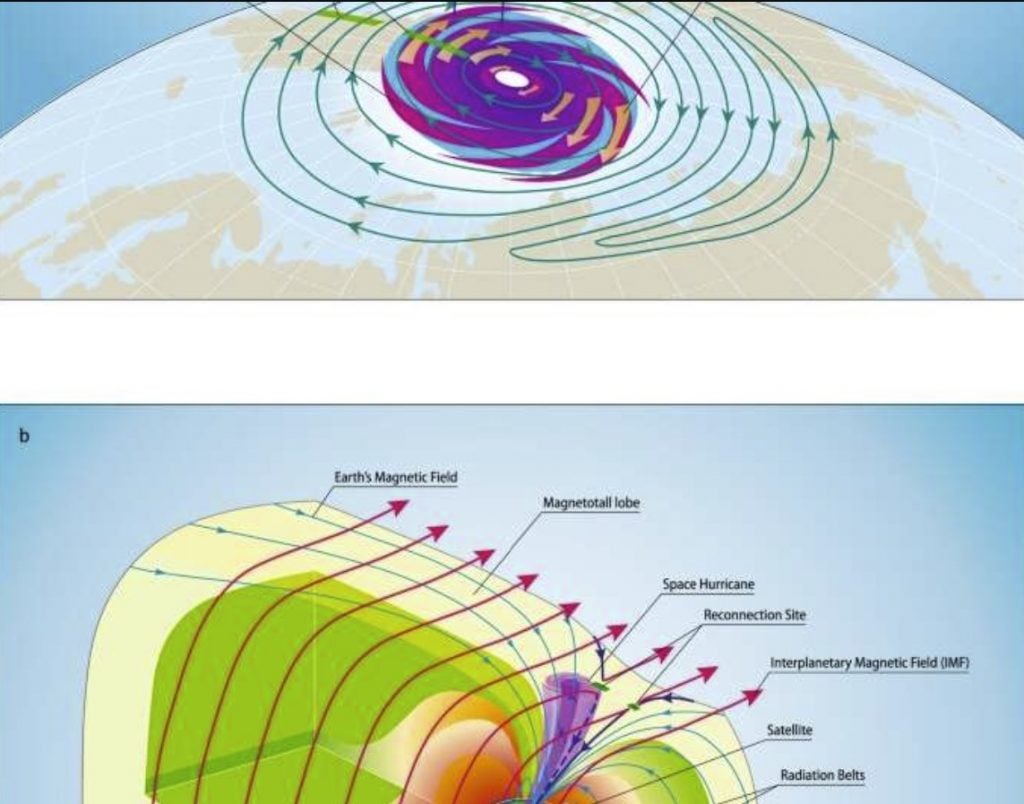The first observations of a space hurricane have been revealed in Earth’s upper atmosphere, confirming their existence and shedding new light on the relationship between planets and space.

The unprecedented observations, made by satellites in August 2014, were only uncovered during retrospective analysis by scientists at the University of Reading, as part of a team led by Shandong University in China, that confirmed the hurricane and offered clues about its formation.
This analysis has now allowed a 3-D image to be created of the 1,000km-wide swirling mass of plasma several hundred kilometers above the North Pole, raining electrons instead of water, and in many ways resembling the hurricanes we are familiar with in the Earth’s lower atmosphere.

Professor Mike Lockwood, space scientist at the University of Reading, said: “Until now, it was uncertain that space plasma hurricanes even existed, so to prove this with such a striking observation is incredible.”
“Tropical storms are associated with huge amounts of energy, and these space hurricanes must be created by unusually large and rapid transfer of solar wind energy and charged particles into the Earth’s upper atmosphere.
“Plasma and magnetic fields in the atmosphere of planets exist throughout the universe, so the findings suggest space hurricanes should be a widespread phenomena.”
Hurricanes occur in Earth’s lower atmosphere over warm bodies of water. When warm, moist air rises, it creates an area of low pressure near the surface that sucks in the surrounding air, causing extremely strong winds and creating clouds that lead to heavy rain.
Hurricanes have also been observed in the lower atmospheres of Mars, Jupiter and Saturn, while enormous solar tornadoes have been seen in the atmosphere of the Sun. However, the existence of space hurricanes in the upper atmosphere of planets has not been detected before.
The space hurricane analyzed by the team in Earth’s ionosphere was spinning in an anticlockwise direction, had multiple spiral arms, and lasted almost eight hours before gradually breaking down.

The team of scientists from China, the U.S., Norway and the UK used observations made by four DMSP (Defense Meteorological Satellite Program) satellites and a 3-D magnetosphere modeling to produce the image. Their findings were published in Nature Communications.
The analysis involved checking data from the satellites, radars and other sources for consistency, and to build up a full picture of what had happened and ensure that the mechanisms involved were understood.
The fact the hurricane occurred during a period of low geomagnetic activity suggests they could be more relatively common within our solar system and beyond. This highlights the importance of improved monitoring of space weather, which can disrupt GPS systems. Learn more: Nature, Phys.org
Now subscribe to this blog to get more amazing news curated just for you right in your inbox on a daily basis (here an example of our new newsletter).
You can also follow us on Facebook and/ or Twitter. And, by the way you can also make a donation through Paypal. Thank you!












